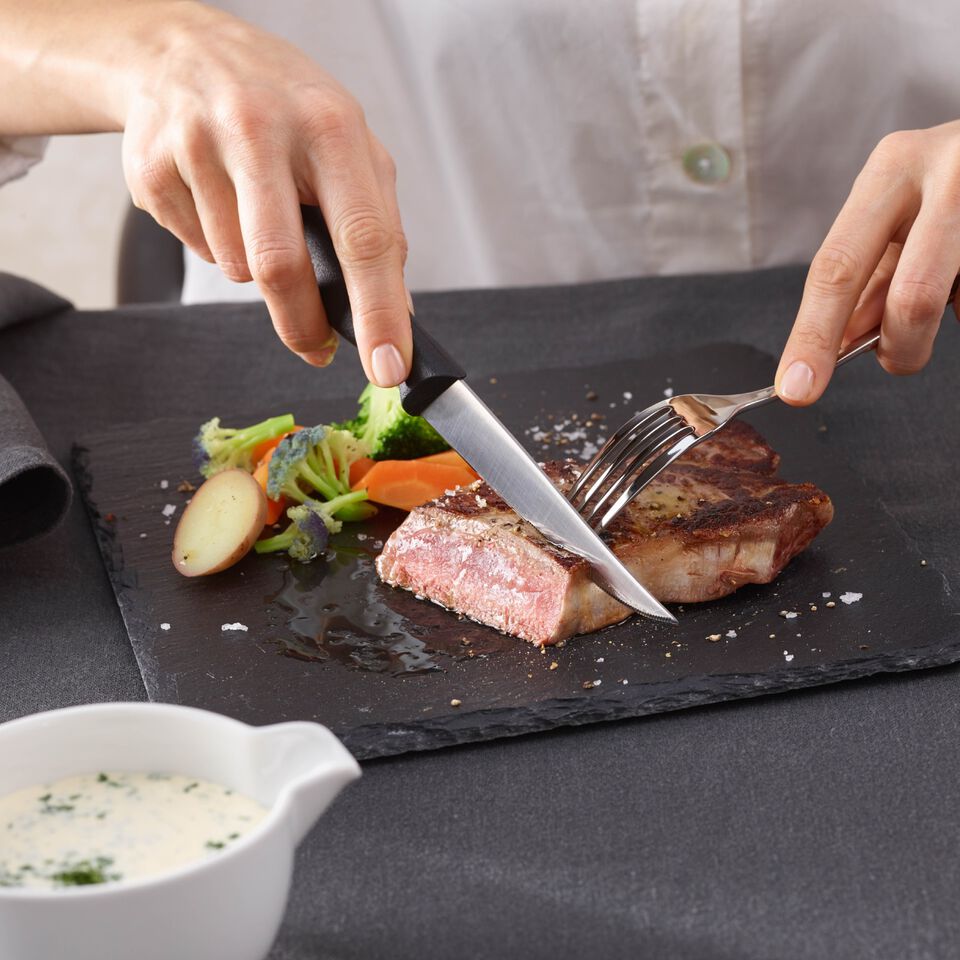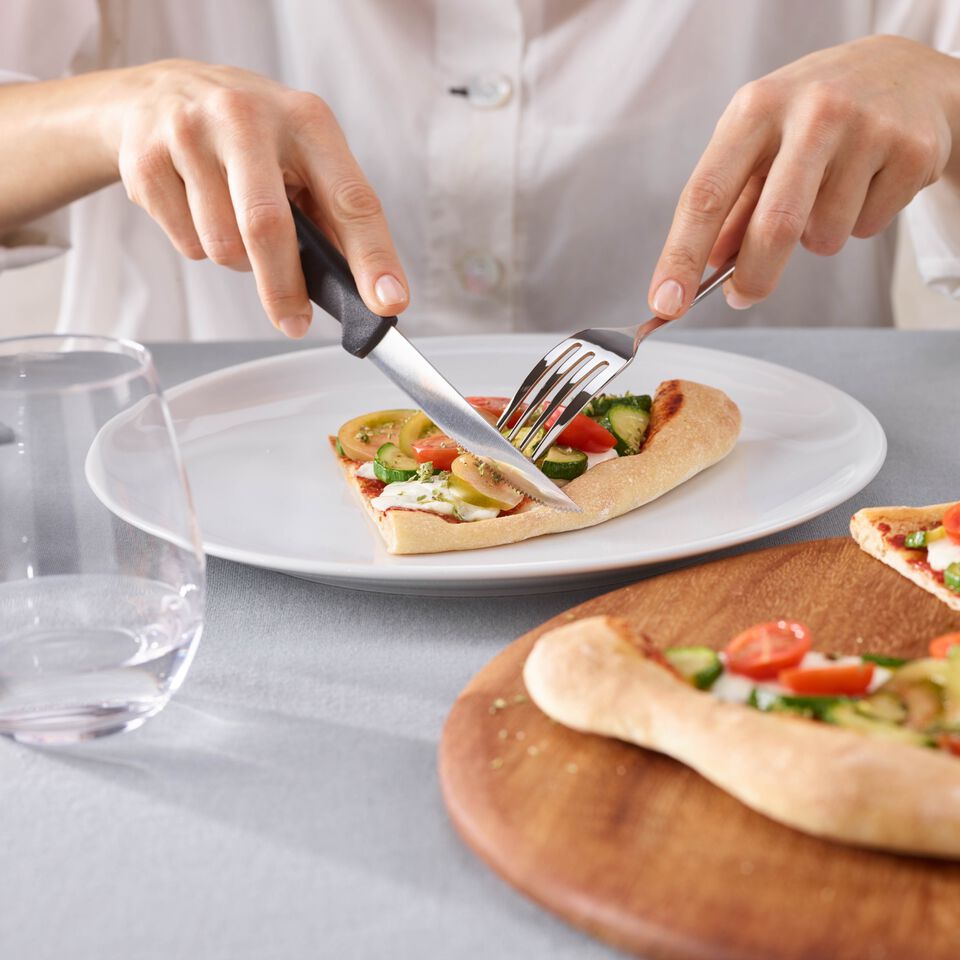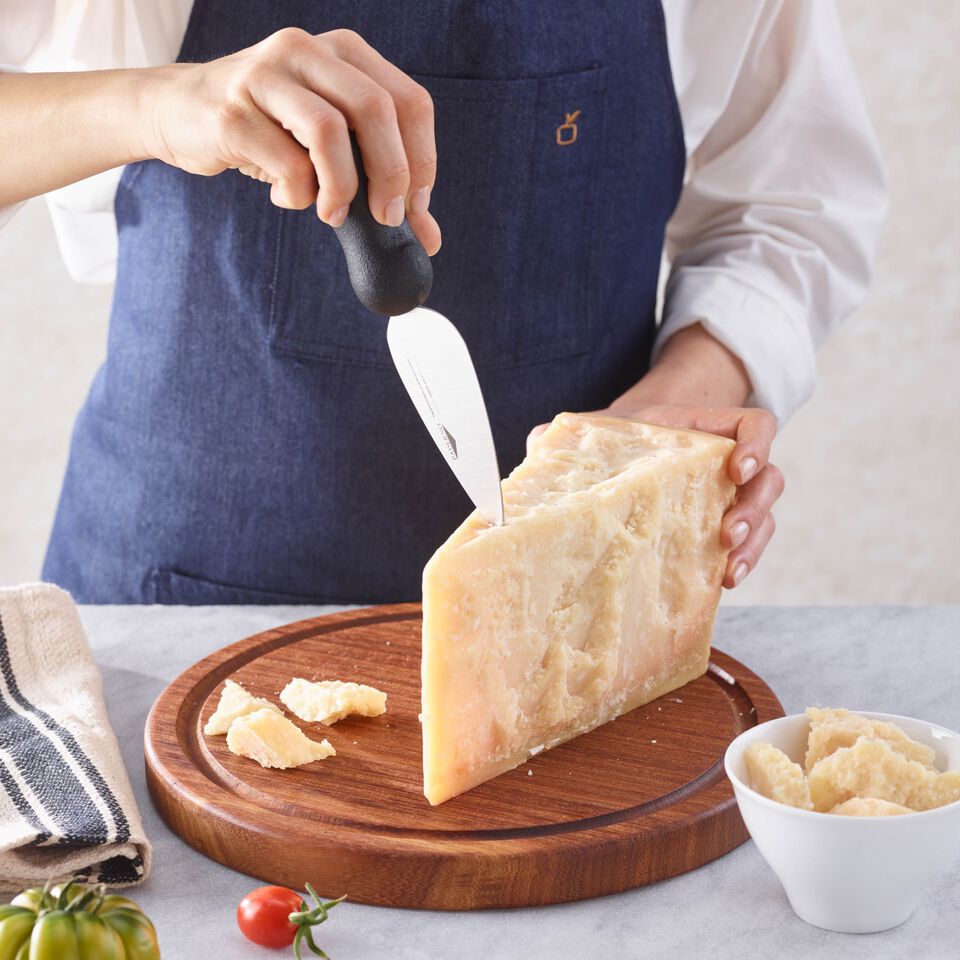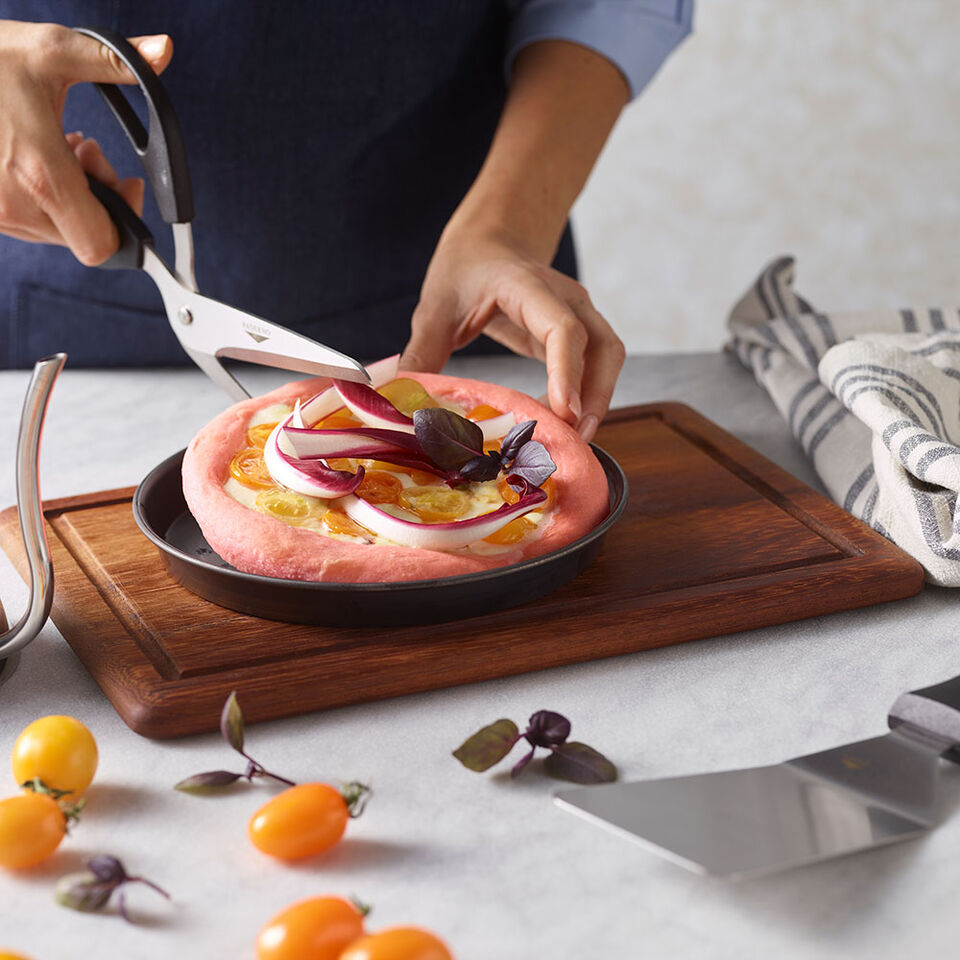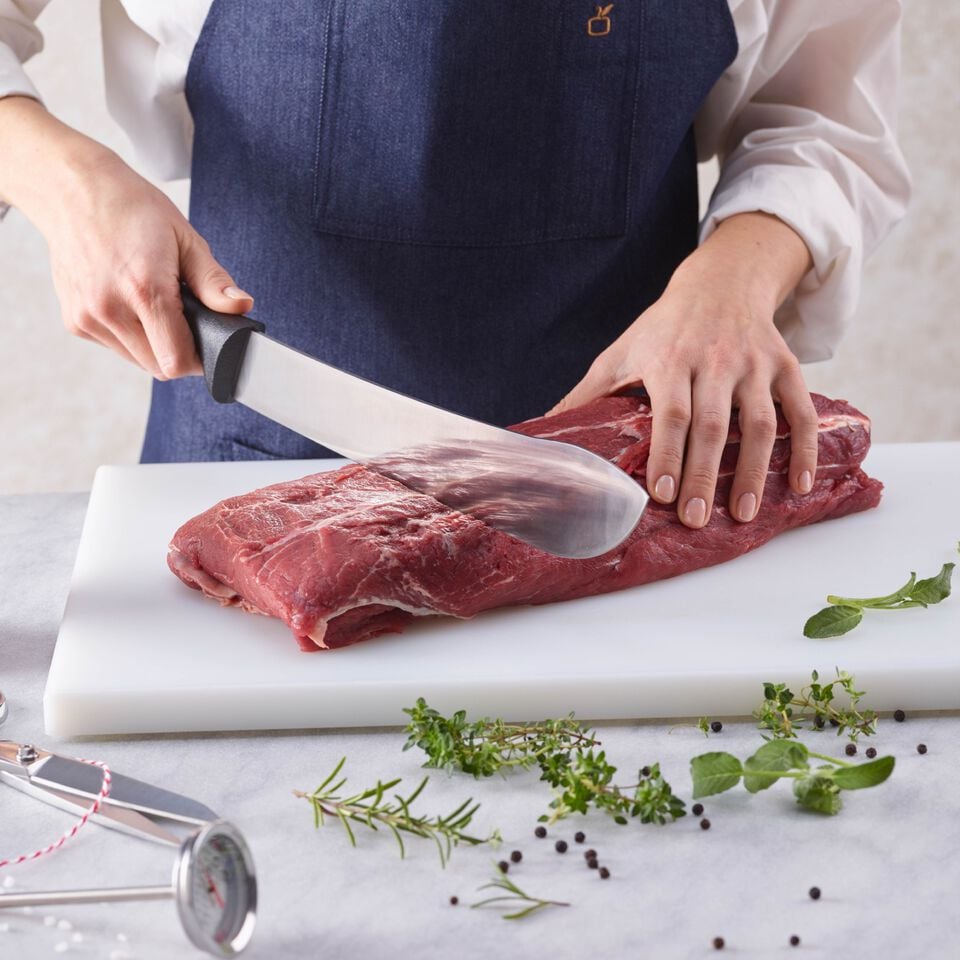Knives buying guide: how to choose the right tool for your kitchen
Classic and traditional or specialised and professional: choosing the right knives is crucial for any cook, amateur or professional. This knife buying guide will explore some of crucial aspects to help you make an informed choice: the differences between forged and stamped knives, the various types of blades (smooth, serrated and honeycombed), the length of the blade and the material of the handle. Armed with this information, you will be ready to select the perfect knives for your kitchen.
The difference between forged and stamped knives
Both types of knives have distinct advantages, making the choice a matter of personal taste
- Forged knives are created from a single piece of metal, providing continuity between the blade and the handle, thanks to an integrated part known as the collar or guard. Forged knives, generally more expensive, offer greater balance and strength, making them preferred by professionals for their durability and control while cutting.
- Stamped knives are cut from a single sheet of steel, with the handle being assembled separately. Stamped knives, on the other hand, are often lighter and more flexible, suitable for those seeking practicality and value for money.
Unlike ceramic knives, which are more delicate and at risk of breaking, the Paderno forged blade is made of a special alloy of steel, molybdenum and vanadium with a special tempering process that gives the product an excellent cutting performance and a long-lasting, sharp edge.
The difference between smooth blades, serrated blades and honeycomb blades
The choice of blade type is crucial depending on the food to be prepared.
- Smooth blades are ideal for precise cuts on meat and vegetables, offering clean, neat cuts.
- Serrated blades excel at cutting bread and foods with a hard outer crust but soft interior, such as some fruits and vegetables.
- Dimple blades, with their grooves, reduce friction and prevent sliced food from sticking to the blade, perfect for cutting thin slices of salmon and other sticky foods.
How to choose the blade length
For cooking in general, smaller blades (15-20 cm) are extremely versatile for everyday cutting tasks, while larger blades (20-25 cm) are good for slicing larger foods, such as a pumpkin, as there will be less risk of the blade slipping off, or injuring yourself. Always choose the blade length according to your main use, and make sure the knife is proportionate to the size of your cutting board.
How to choose a knife handle?
Choosing a knife handle, from shape to material, is a crucial step in achieving a comfortable and safe cutting experience.
- Handle materials: A wooden handle offers a warm, natural touch but requires careful hand washing, while a plastic or polymer handle is more hygienic and easy to clean.
- Handle finish: The finish can affect grip and feel. A smooth finish is easier to clean, while a rough finish offers a better grip.
- Relief rivets: rivets can be uncomfortable to grip, so it is best to choose a knife with well-polished or hidden rivets.
- Knife balance: the weight of the knife should be well balanced between the blade and the handle for better handling.















